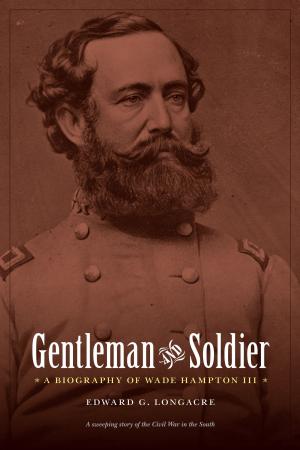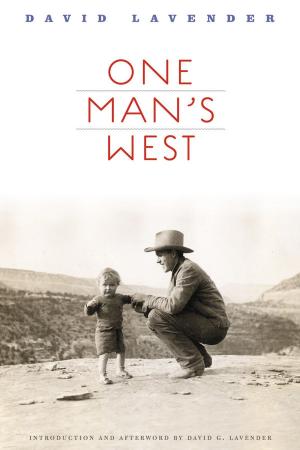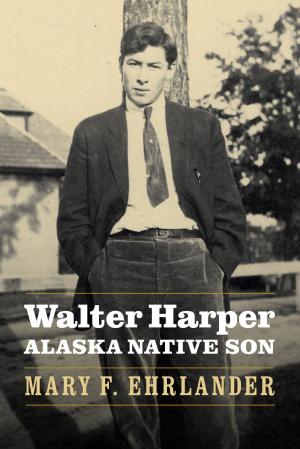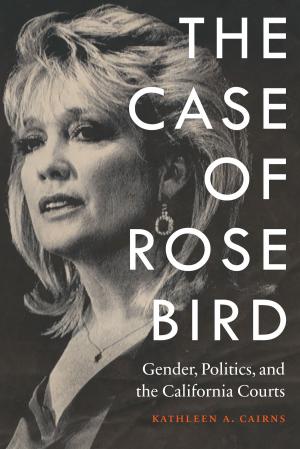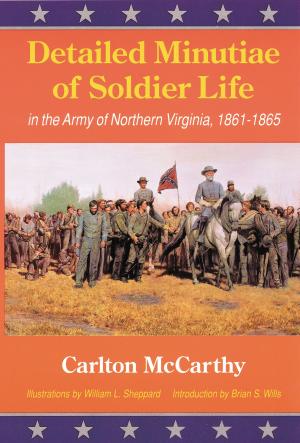Civil War Washington
History, Place, and Digital Scholarship
Nonfiction, History, Americas, United States, Civil War Period (1850-1877)| Author: | ISBN: | 9780803269910 | |
| Publisher: | UNP - Nebraska | Publication: | April 1, 2015 |
| Imprint: | University of Nebraska Press | Language: | English |
| Author: | |
| ISBN: | 9780803269910 |
| Publisher: | UNP - Nebraska |
| Publication: | April 1, 2015 |
| Imprint: | University of Nebraska Press |
| Language: | English |
While it is impossible to re-create the tumultuous Washington DC of the Civil War, Civil War Washington sets out to examine the nation’s capital during the Civil War along with the digital platform (civilwardc.org) that reimagines it during those turbulent years.
Among the many topics covered in the volume is the federal government’s experiment in compensated emancipation, which went into effect when all of the capital’s slaves were freed in April 1862. Another essay explores the city’s place as a major center of military hospitals, patients, and medical administration. Other contributors reflect on literature and the war, particularly on the poetry published in hospital newspapers and Walt Whitman’s formative experiences with the city and its wounded.
The digital project associated with this book offers a virtual examination of the nation’s capital from multiple perspectives. Through a collection of datasets, visual works, texts, and maps, the digital project offers a case study of the social, political, cultural, and scientific transitions provoked or accelerated by the Civil War. The book also provides insights into the complex and ever-shifting nature of ongoing digital projects while encouraging others to develop their own interpretations and participate in the larger endeavor of digital history.
While it is impossible to re-create the tumultuous Washington DC of the Civil War, Civil War Washington sets out to examine the nation’s capital during the Civil War along with the digital platform (civilwardc.org) that reimagines it during those turbulent years.
Among the many topics covered in the volume is the federal government’s experiment in compensated emancipation, which went into effect when all of the capital’s slaves were freed in April 1862. Another essay explores the city’s place as a major center of military hospitals, patients, and medical administration. Other contributors reflect on literature and the war, particularly on the poetry published in hospital newspapers and Walt Whitman’s formative experiences with the city and its wounded.
The digital project associated with this book offers a virtual examination of the nation’s capital from multiple perspectives. Through a collection of datasets, visual works, texts, and maps, the digital project offers a case study of the social, political, cultural, and scientific transitions provoked or accelerated by the Civil War. The book also provides insights into the complex and ever-shifting nature of ongoing digital projects while encouraging others to develop their own interpretations and participate in the larger endeavor of digital history.





